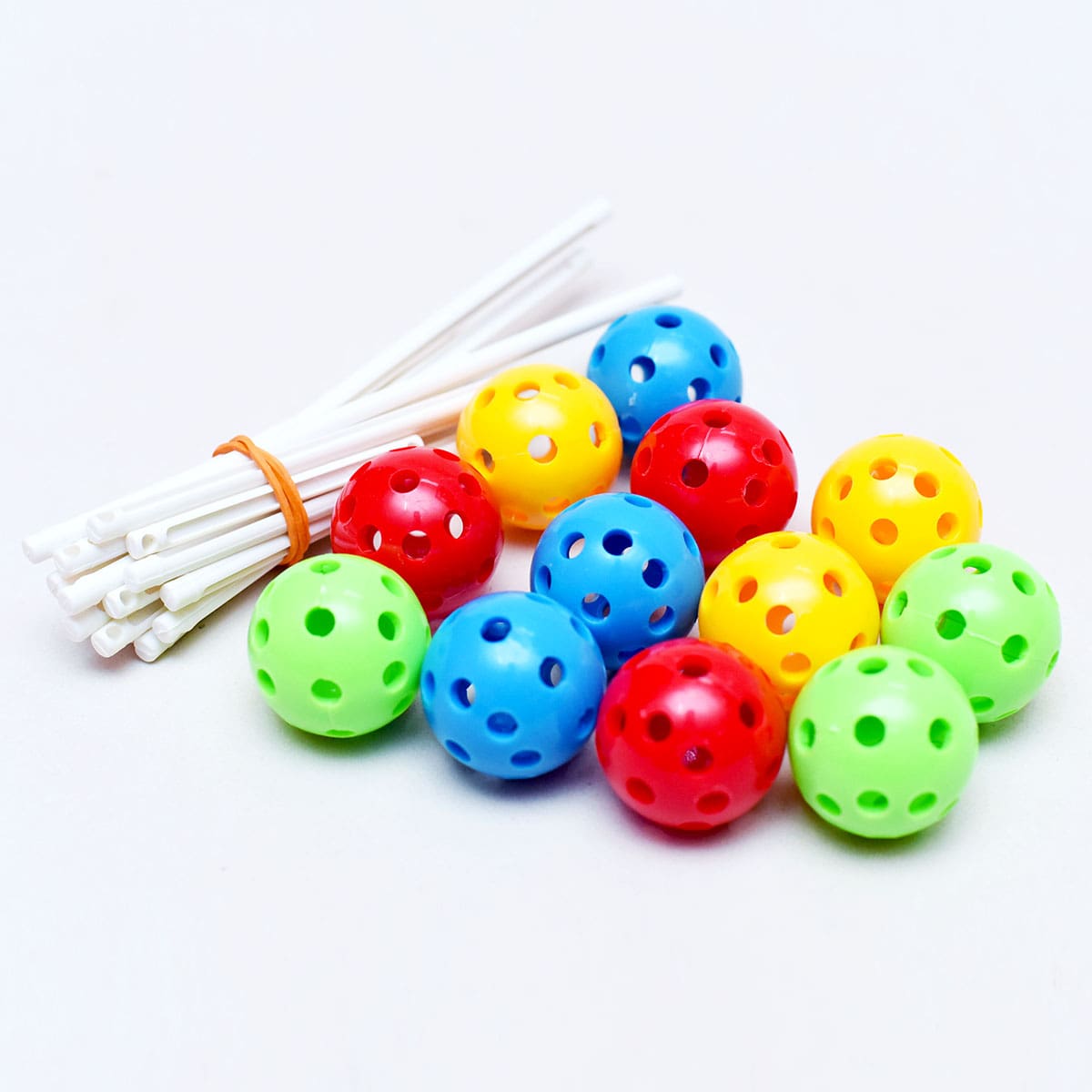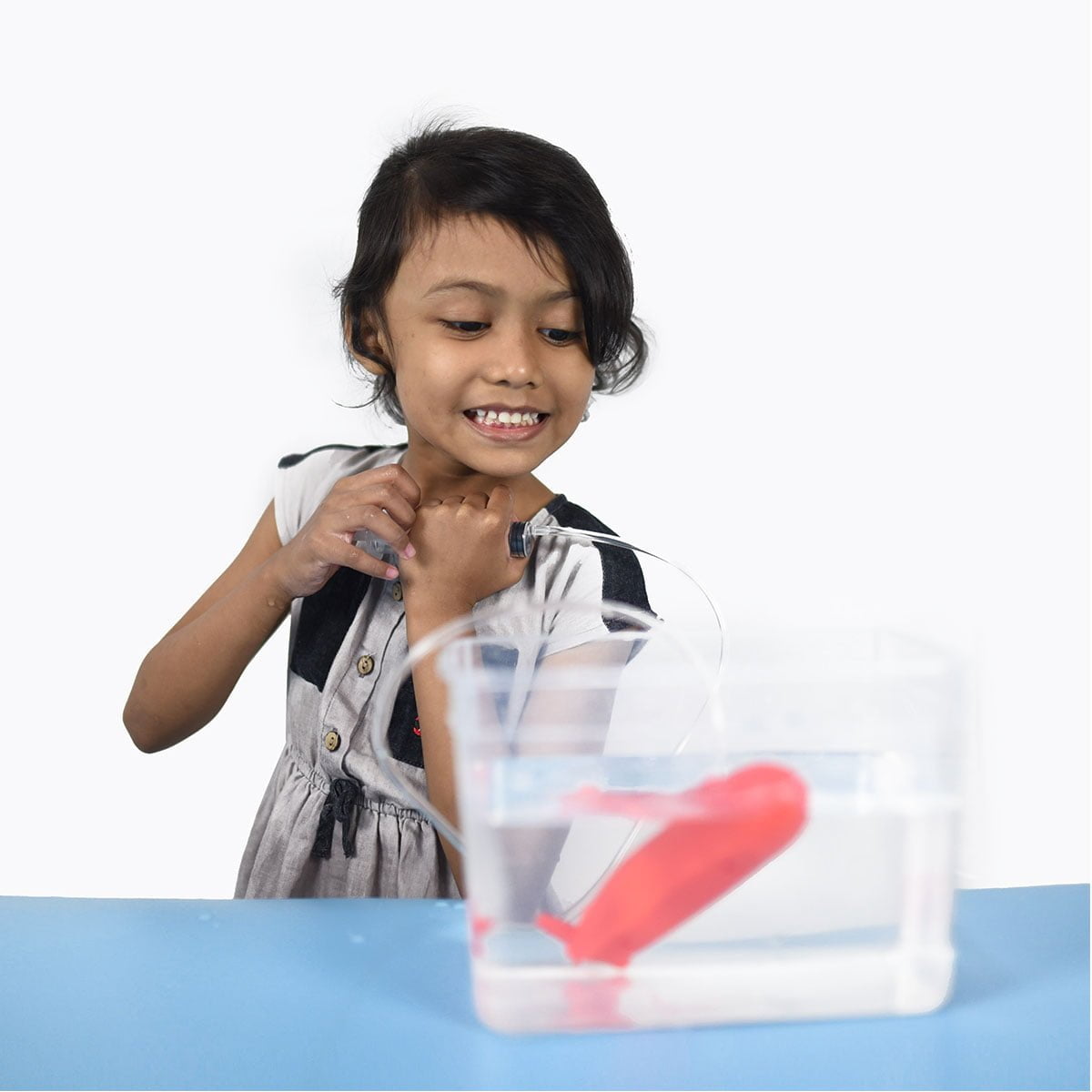In STEM, the ‘E’ stands for engineering but how exactly do you teach engineering in schools? You might have taken ‘engineering drawing’ as an elective subject in secondary school, but where does the complexity of engineering fit in early childhood education?
At the very base of it, engineering is about making things happen – it is about assembling pieces together to design and create something new.
In kindergartens, engineering is mostly taught through play. Children are often given learning tools that allow creation and construction such as play dough, building blocks, and puzzle pieces.

These toys enhance playtime by encouraging children to use their creativity and innovation to fit the pieces together and maximize self-initiated learning in early childhood education.
So, incorporating engineering within the early childhood classroom is not as difficult as it may seem. It’s all about providing children with ample opportunities to explore, construct, and discover on their own.
There are many ways to introduce kindergarteners to engineering. Naturally, children already think like engineers – this is a mindset that is driven by their curiosity.
Engineering merely structures children’s natural curiosity by guiding that curiosity to know, to seek for answers through critical and creative thinking, as well as problem solving.
Engineering education in the early years shows children how to approach a problem and figure ways to solve it. Rather than just asking questions about a problem, engineering education urges children to participate and get hands-on in solving the problem.
In engineering education, a method of approaching problems is called ‘design thinking’. Design thinking is also regarded as a framework for solving problems which follows these sequenced steps: (i) empathise, (ii) define, (iii) ideate, (iv) prototype, and (v) test.
Let’s explore how design thinking is adopted in the early childhood classroom. In STEM education, design thinking is usually used in project-based learning where students are assigned to work on a task for long periods of time. These five steps are then grouped into three processes: understand, explore, and materialize.
Understand
In the process of understanding, learners are expected to recognize the importance behind their project where they are required to define the project’s objectives and its significance.
Explore
In the process of exploring, learners use their creativity to brainstorm ideas to construct the project. Once decided on an idea, the learners will start to build a prototype of their project. Prototypes are not definitive, so the learner is free to make changes as they go along.
Materialize
In the process of materializing, the learner tests their projects in terms of its effectiveness and the final step is implementing the project which means the project has been completed.
Using design thinking in the early childhood classroom will teach children to think like engineers. This ensures that learning can occur whenever a problem arises and the child knows how to approach the problem in his/her effort to solve it.
Whether you are a kindergarten teacher or a parent to a kindergartener that would like to increase the children’s engagement in early engineering education, here are some really cool suggestions from the ALFA and Friends’ Spark kit to get you started:
1- Magic Beads Kit

The magic beads kit is found in issue 10 of the Spark kit. This experiment kit provides the materials needed for children to build their own 3D models. The beads enhance children’s use of fine motor skills while at the same time, stimulating their creativity and critical thinking in designing their 3D models.
Just like what real engineers do!
2- Submarine Kit

The submarine kit is found in issue 8 of the Spark kit. This experiment kit teaches children about the concept of float and sink. The submarine kit comes with a balloon and a syringe which the child is required to push in order to get air into the balloon. Once air enters the balloon, it expands and pushes water out of the submarine – allowing it to float.
3- Speedy Woody Boat Kit

The speedy woody boat kit is found in issue 22 of the Spark kit and this kit comes with materials for children to assemble their own boats. The materials are a boat base, a flag with a pole, rubber bands, and propeller pieces. Using these items, the children can build their own boat that adjusts the speed of the boat according to the elasticity to the rubber bands – this requires children’s application of STEM skills and knowledge.
4- Steam Powered Boat Kit

The steam powered boat kit is found in issue 27 of the Spark kit. Similar to the speedy boat, this kit allows children to assemble their own boat. However, this boat requires steam to move. How? The children will have to put their engineering thinking skills to the test with this kit!
5- Balloon Powered Car Kit

The balloon powered car kit is found in issue 28 of the Spark kit. This kit challenges the children to move a car without touching it! This kit comes with toy cars and balloons, as well as mini air pumps for the children to explore and discover the force of wind and how the wind helps certain things to move.
Through the Spark kit, introducing engineering to children is not complicated at all. Other than that, the Spark kit allows children to learn at home as parents can purchase the kit in monthly subscriptions where the kit will arrive on your doorstep every month! kindergarten teachers can also incorporate the Spark kit in the kindergarten classroom to enhance children’s STEM learning experiences.









